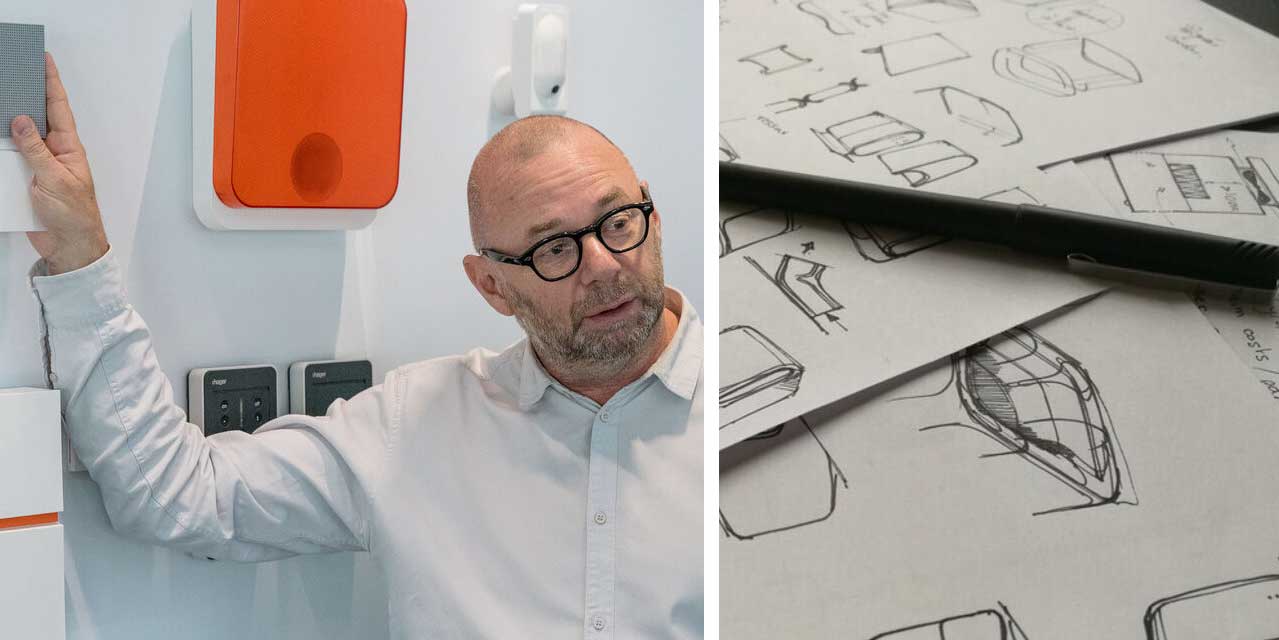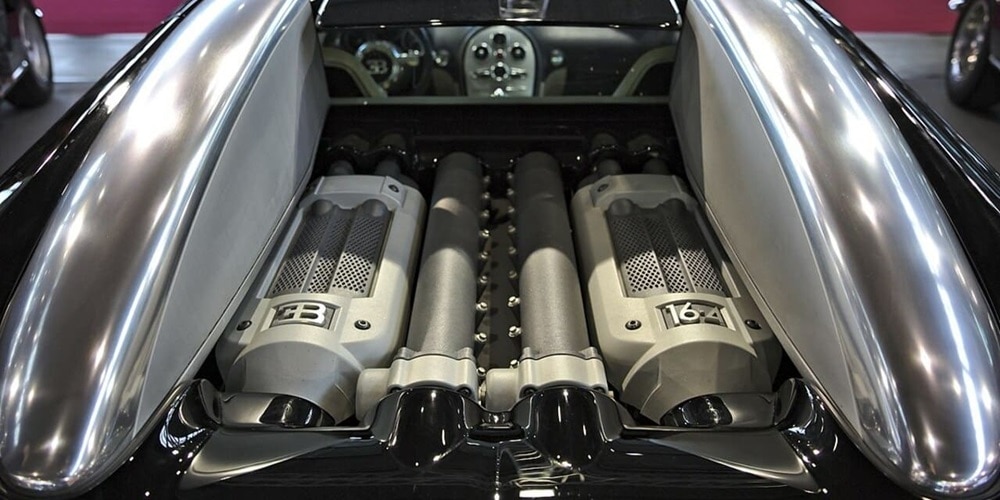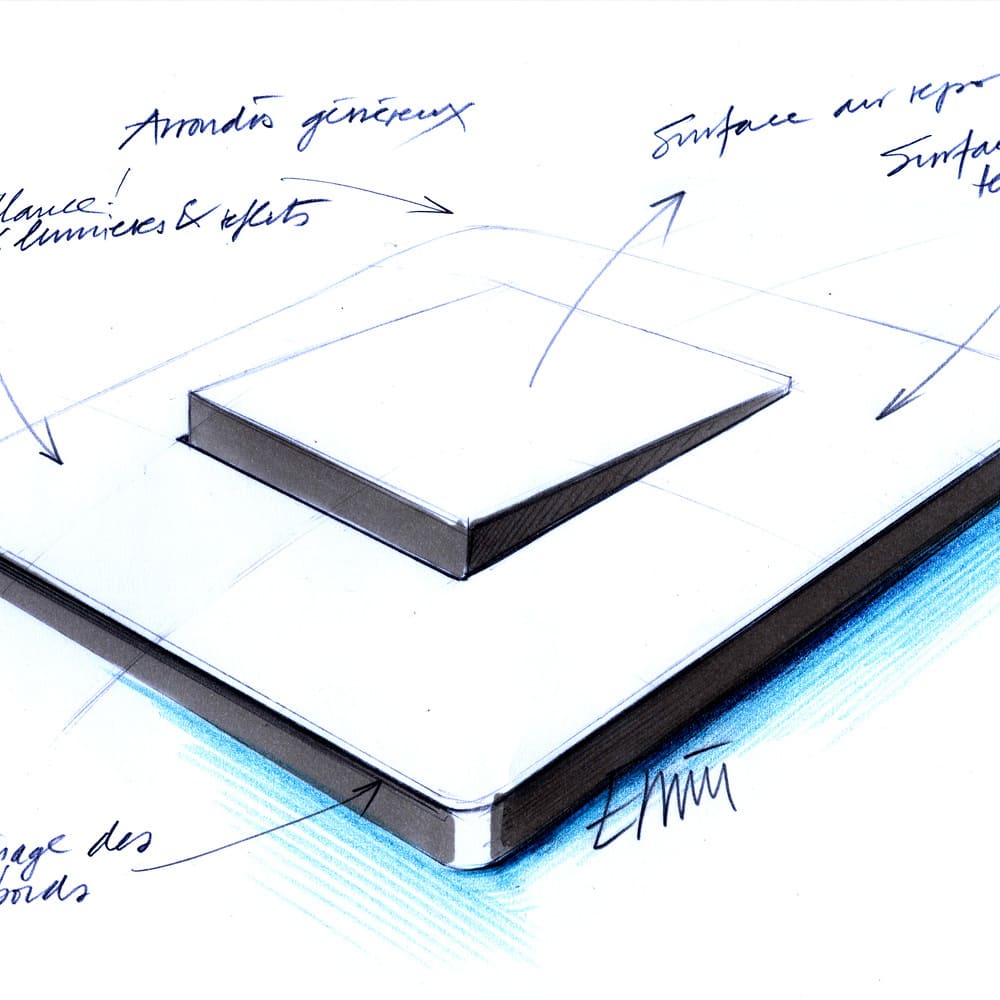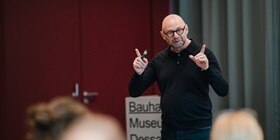Design
Matters!
It’s an exciting statement to make, in the sense that just about everything is ‘design,’ whether it’s coming from an engineering, business or aesthetic perspective.

“We must create products that not only reflect that we care, but also reflect our philosophy and brand identity.”
Modern design for electrical installations and devices

Electricians are already ‘into’ design…
With design we show our respect for our customers, we’d like that they can see this and that it’s about making their lives easier. And then they transfer this to their customers, and all the users that ever use the product from then on.

Responsibility and design for electricians in the 2020’s
But design also means imagining change,
preparing a product that will move with the times. This places electricians in
a visionary role – they show their customers they are thinking about what’s
coming down the pipe, and that their customer’s installations will seamlessly
adapt to the latest technologies. Design helps you build valuable relationships.
Practical design, electricians and 'the secret life of electricity'

Hide or show?

Conclusion
In the end industrial design has a great many customers and it employs a great many people. Architect’s, interior designers, builders, workers, the young and the elderly, families and strangers, all coming into contact with the product at some stage in its lifecycle, each in their own way and moment. We all bring designs to life, countless times a day just by using them.
When it comes to design and personal taste, we might like an old style product like the berker 1930 retro light switch, but we want it to perform in the 2020’s. A retrofit design is needed so, and here begins the topic of taste, and all the cultural differences with regard to design. But this is a topic for another day!
We’d love to carry on the conversation on social media.
Tell us what you think on Facebook, Instagram or LinkedIn, or use #Hager!
Coming soon our design series: "International vs National Design", and "Hide or Show?"

